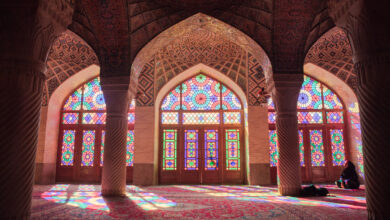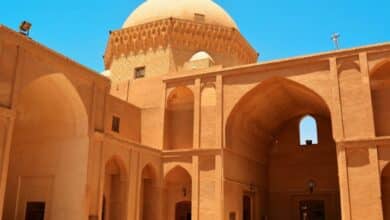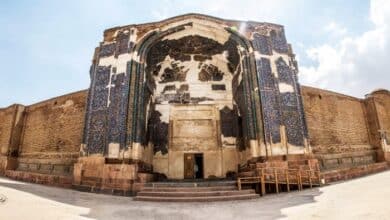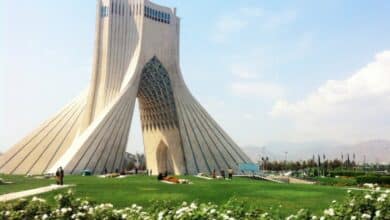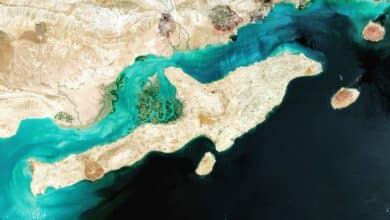Chogha Zanbil Ziggurat: Unveiling the Secrets of an Ancient Wonder
Plan Your Visit to This Ancient Masterpiece Now!
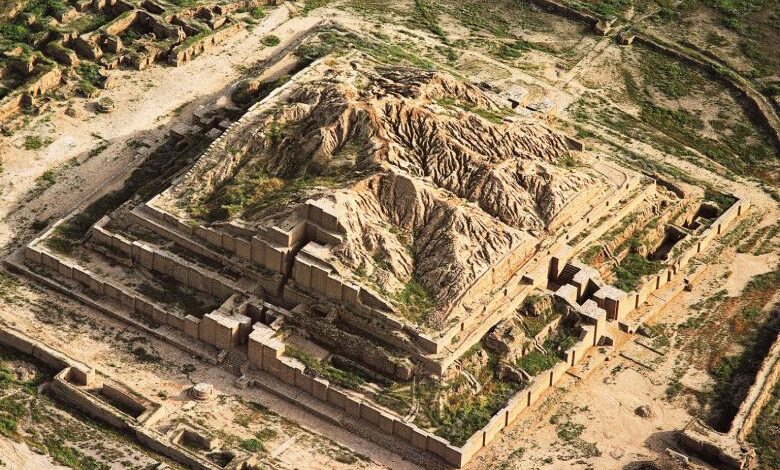
If you have a fascination for historical sites, Chogha Zanbil Ziggurat should be at the top of your list. Situated 45 km away from Susa city in Khuzestan province, Ziggurat is a captivating historical and picturesque location. This ancient complex, reminiscent of a small town, dates back to the Elamites era and boasts various sections that will be detailed in the following text.
Chogha Zanbil Ziggurat served as a significant hub for religious activities and pilgrimages during its prime. Constructed by the Elamites, this structure comprises various compartments and exhibits remnants of regal tombs. Situated atop a mound of earth and adjacent to the Dez River, a tributary of the Karun River in Khuzestan province, the Elamite temple of Chogha Zanbil stands tall.
Contents
The History of Chogha Zanbil Ziggurat
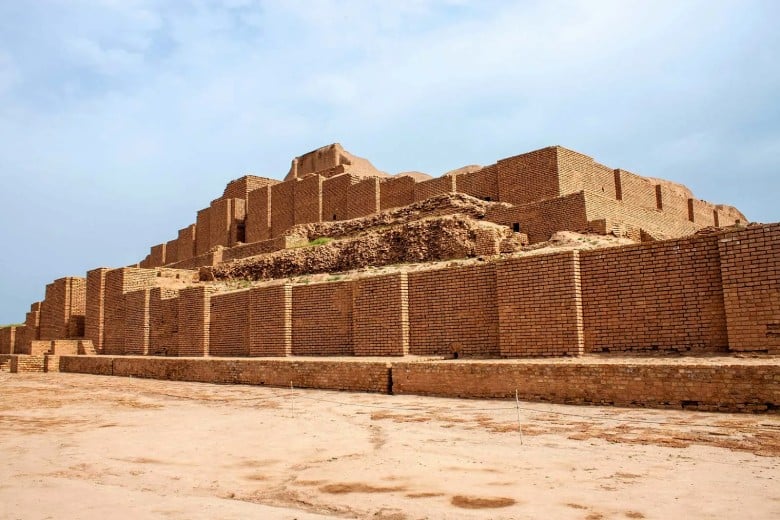
The ziggurat is a remarkable structure that holds great historical significance. It is a remnant of the Elamite period and covers an expansive area of 100 hectares. Serving as a temple, this ziggurat stands as a prominent landmark and is considered the most important remaining building in Iran. Constructed under the command of an Elamite king in ancient times, it unfortunately met its demise years later due to the orders of an Assyrian king. This architectural marvel is a testament to the early civilizations that thrived during the agricultural revolution. Situated in close proximity to the ancient city of Susa, the ziggurat’s pyramidal facade with a quadrangular base is now safeguarded by restored walls.
Book Iran Flights
Buy Iran flight tickets at the lowest price
Explore Iran’s culture and history with affordable and reliable flight tickets.
Ziggurat Term
The term “ziggurat” may not be widely known among Iranians, particularly when referring to the Chogha Zanbil Ziggurat. However, it is important to note that “Ziggurat” signifies a structure that is tall and elevated. Additionally, the name “Choghazanbil” can be broken down into two parts, with “Chogha” meaning hill and “Zanbil” meaning basket. It appears that the hills upon which this ancient city was constructed served as a reminiscent of a basket.
Ziggurat Architecture
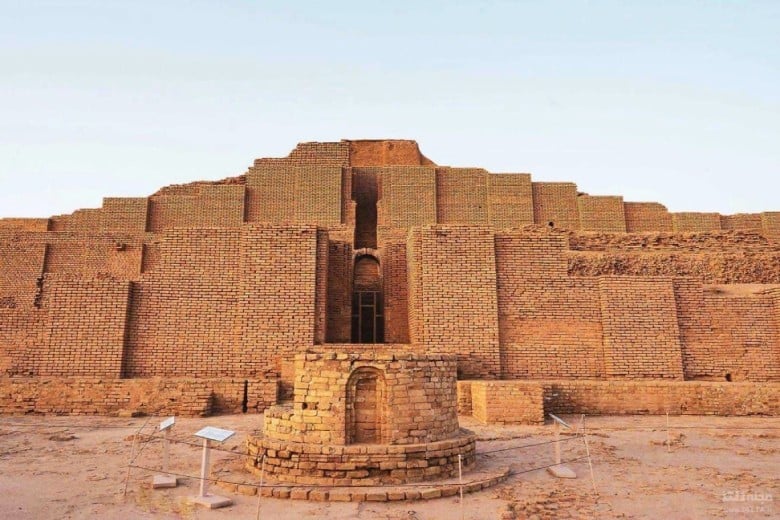
The temple structure comprises multiple levels and stands at a height of approximately 25 meters. Constructed primarily with raw clay, the building is adorned with bricks. Although the temple’s remnants are scarce, various clay tablets and sculptures depicting humans and animals have been discovered in its vicinity. The construction materials employed in this edifice include baked bricks, plaster, and pottery.
The structure consists of 5 floors, but only two floors are still intact. The Choghazanbil Ziggurat’s floors are aligned parallel to each other, with the first and fifth floors left empty while the rest are filled with clay. The outer walls are constructed with brick, while the inner walls are made of clay. The bricks in this complex vary from plain to decorative.
Different Sections of the Ziggurat
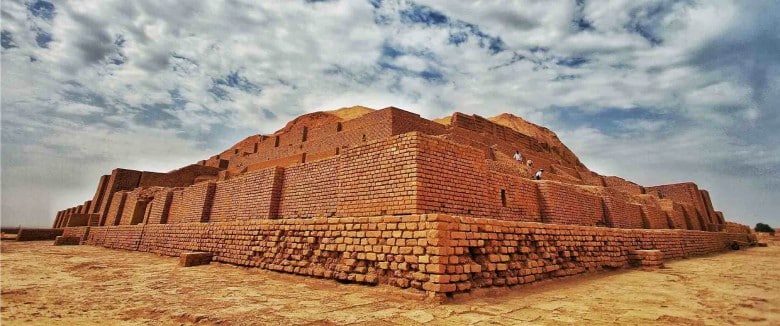
On the ground level of the Ziggurat, there are four brick staircases that lead to the upper levels. Some of these staircases are adorned with crescent arches, while others remain open to allow light to enter.
Guardian animal statues were strategically placed near the entrances of the Ziggurat, with only two known examples. One statue, depicting an eagle, is housed in the Haft-Tape Museum, while the other, a bull statue, can be found in the Museum of Ancient Iran.
To prevent rainwater damage, the Ziggurat is equipped with gutters along each wall of the ground level, collecting surface water efficiently.
There were two gutters on each side of the second floor of the Ziggurat that connected to the first floor. The Choghazanbil is surrounded by courtyards that are covered with bricks and pottery shards. These courtyards contain numerous buildings and structures. The largest courtyard, located in the northeastern part of the Ziggurat, served as a gathering place for ordinary people and housed the meeting platform. In the northwest courtyard, several temples, shrines, two wells, and an offering platform were constructed. The southwest courtyard, although smaller than the others, may have provided access to the main temple through its stairs.
How to Reach Chogha zanbil
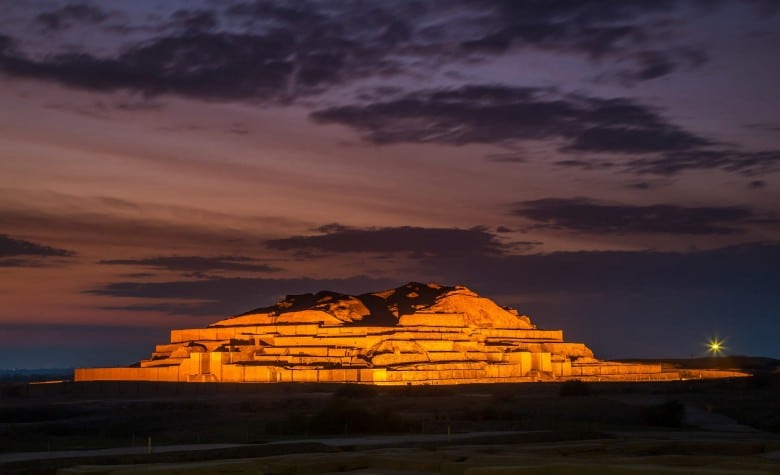
The access route to Chogha zanbil, a world heritage site, is through the road connecting Shush to Ahvaz. Alternatively, you can also get to Choghazanbil by taking the Shushtar road to Haft-aor the Karun agriculture and industry road.
Choghazanbil Address: Khuzestan province, located 45 km south of Shush city.
Where to Stay?
BOOK ONLINE
Iran Hotels
Visitors can benefit from the accommodations in Shush or Haft Tepe, despite the Ziggurat not being situated in an urban area or having any accommodation facilities. Furthermore, a visit to Ziggurat presents a wonderful chance to explore cities like Khuzestan and Ahvaz.
Final Words
Chogha Zanbil stands as an ancient Elamite structure located in the Khuzestan province of Iran. It is among the rare Ziggurats found outside Mesopotamia. Positioned around 30 km to the southeast of Susa and 80 km to the north of Ahvaz, the exact construction date of the city remains uncertain due to the ambiguity in the chronology of the reign during the 14th or 13th century BC.
Chogha zanbil FAQ
Where is Choghazanbil?
Choghazanbil Ziggurat is located in Khuzestan province, 45 km south of Shush city.
How is the architecture of Choghazanbil Ziggurat?
Choghazanbil Ziggurat was built in the form of a square with five floors, which became smaller in the form of a pyramid from the bottom to the top, and a small temple was located on top of it.
What is the best time to visit Choghazanbil Ziggurat?
We recommend visiting Shush, Shushtar and Choghazanbil in the cooler seasons of the year.
